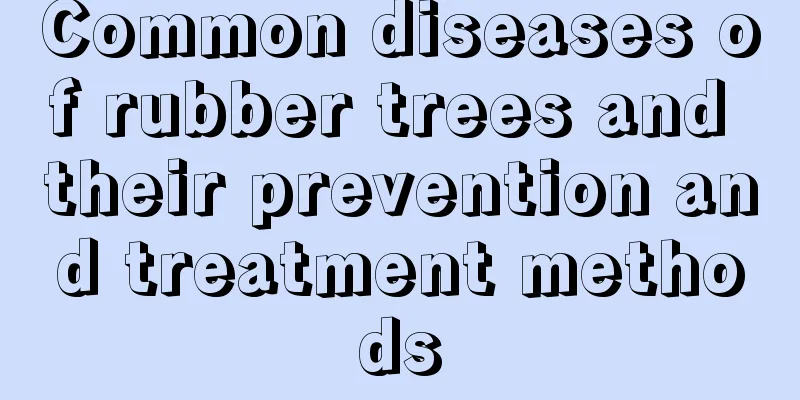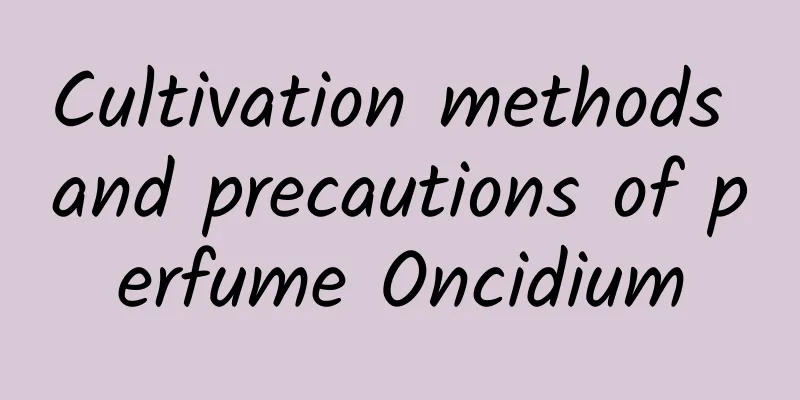Common diseases of rubber trees and their prevention and treatment methods

Rubber tree anthracnoseSymptomsAnthracnose mainly harms leaves. When the disease occurs, many light brown or white spots of varying sizes will grow on the leaves. In the early stage, it often occurs on the tip or edge of the leaves, and gradually spreads to the leaf surface, causing many small black spots to appear on the leaves. In severe cases, most of the leaves appear black and dry. Anthracnose sometimes also harms new shoots, causing the branches to wither and gradually die. Prevention and control measuresCombine pruning with removing diseased branches, leaves and dead tips to reduce pathogens. Pay attention to light transmission and ventilation, avoid placing them too densely, choose disease-free plants and use cuttings to propagate seedlings. After new shoots grow in early spring, spray 1% Bordeaux liquid. From June to September, spray 1% Bordeaux mixture, 0.3 degrees Baume lime sulfur mixture, or 0.5% potassium permanganate once every half month. In addition, before or in the early stage of the disease, spray 500-800 times diluted 50% thiophanate-methyl wettable powder, thiophanate-methyl, thiophanate-methyl, carbendazim and other wettable powders, and use each agent alternately during spraying. Gray spot disease of rubber treeSymptomsThe main transmission route of gray spot disease is wounds, or invading through the stomata of leaves. In the hot and rainy season, the disease peaks when the temperature is around 20 degrees Celsius. The disease is more serious from September to October. Small gray spots appear in the early stage, expanding into irregular shapes, grayish white inside and dark brown edges. Later, the diseased leaves dry and crack, and black granules appear. The incidence rate is high during thunderstorm season and low during sunny days. Prevention and treatment methodsIn the early stage of the disease, spray 1000 times diluted 50% carbendazim or 1200 times diluted 70% thiophanate-methyl. |
<<: Diseases and prevention of Sansevieria
>>: Prevention and treatment of Datura wilt
Recommend
Should I use a large or small pot for winter red fruit?
Should I use a large or small pot for winter red ...
Breeding methods and precautions of Gypsophila manshurica
1. Soil It is recommended to use loose, nutritiou...
How to prune lavender
How to prune lavender Lavender usually needs to b...
Flowering management of potted violets
Management of violet flowering period During the ...
Single garlic planting time and method
Single garlic planting time Single-headed garlic ...
How often should I water the lucky tree? How often should I water the lucky tree?
Before watering the lucky tree, you must first ob...
What kind of soil should be used to repot orchids? Can the soil used to grow succulents be used to grow orchids?
1. What soil should I use to repot orchids? When ...
Cultivation methods and precautions of wine glass roses
Wineglass roses come in different sizes, and the ...
What kind of fertilizer is good for water spinach?
Water spinach is a common vegetable, which is sui...
How to grow cactus quickly
Cactus growing conditions Cactus is drought-resis...
Can arrowroot be hydroponically cultivated? Hydroponics methods and steps
Can arrowroot be grown hydroponically? Arrowroot ...
Can I plant succulents by breaking up red bricks?
Can you plant succulents by breaking red bricks? ...
The efficacy and function of motherwort
1. Regulate menstruation and promote diuresis It ...
Can a gardenia survive if it wilts?
1. Can I still live? Gardenia can come back to li...
When is the best time to sow spring peanuts?
Peanut is an important oil crop . Its seeds are h...









